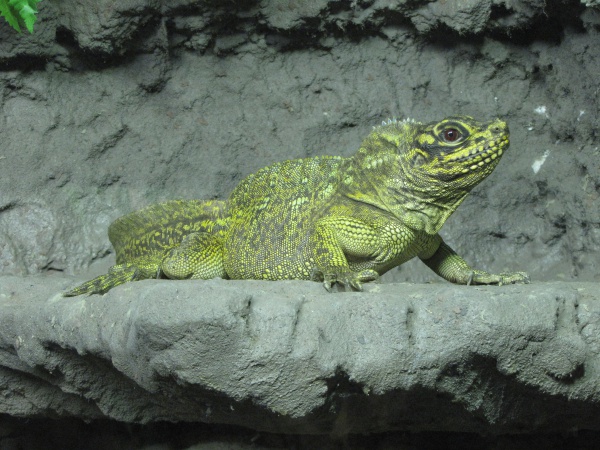Facts About Philippine sailfin lizard
The Philippine sailfin lizard, also known by various names such as the crested lizard, sail-fin lizard, sailfin water lizard, soa-soa water lizard, and locally as ibid and bayagbag, is a captivating species native solely to the Philippines. These lizards are excellent swimmers, facilitated by their flattened toes that allow them to run on water, similar to basilisks. Their omnivorous diet includes fruits, leaves, flowers, insects, and small animals. A distinguishing characteristic between males and females is that males possess a larger crest on their backs and develop a violet hue as they age. These lizards can grow up to a meter in length.
The Philippine sailfin lizard thrives in tropical wooded areas near water sources such as rivers, riverbanks, rice fields, and mangroves. There was some confusion regarding their distribution within the Philippines due to their resemblance to H. amboinensis. However, genetic studies have confirmed that all sampled individuals across the archipelago belong to the species H. pustulatus, which is subdivided into six clades.
Regrettably, the Philippine sailfin lizard is classified as Vulnerable by the IUCN. The species faces significant threats from habitat loss, hunting for food, and collection for the pet trade. While these lizards were once commonly seen in the U.S. pet trade during the 1990s, they have become rare and expensive, with captive-bred juveniles costing around $650. Although there has been some success in breeding them in captivity, it remains limited. Despite conservation efforts, the pet trade for these lizards persists in many parts of the Philippines, often without adequate regulation by the government.
